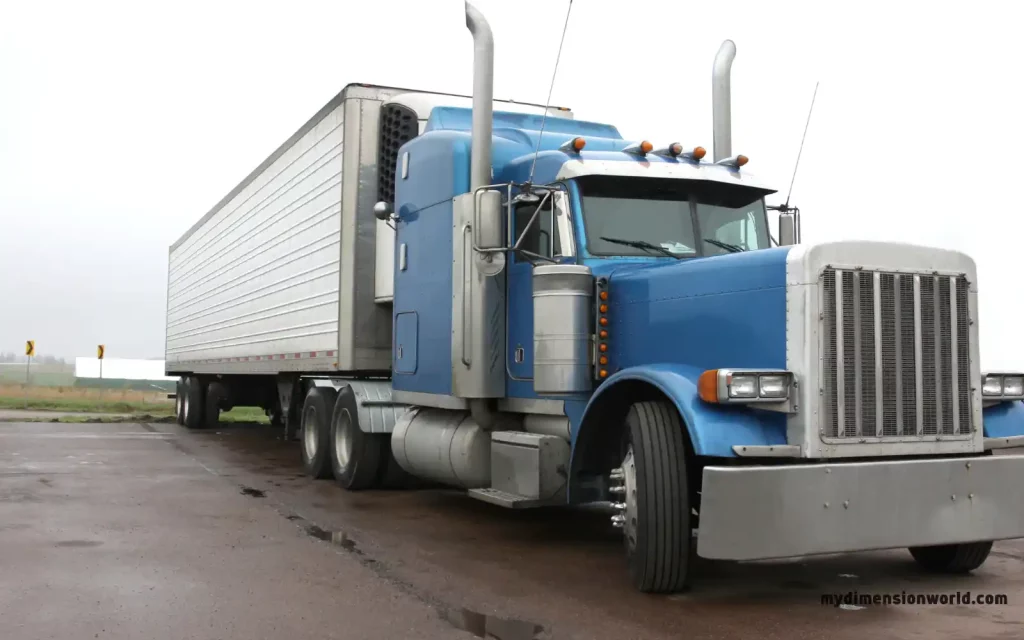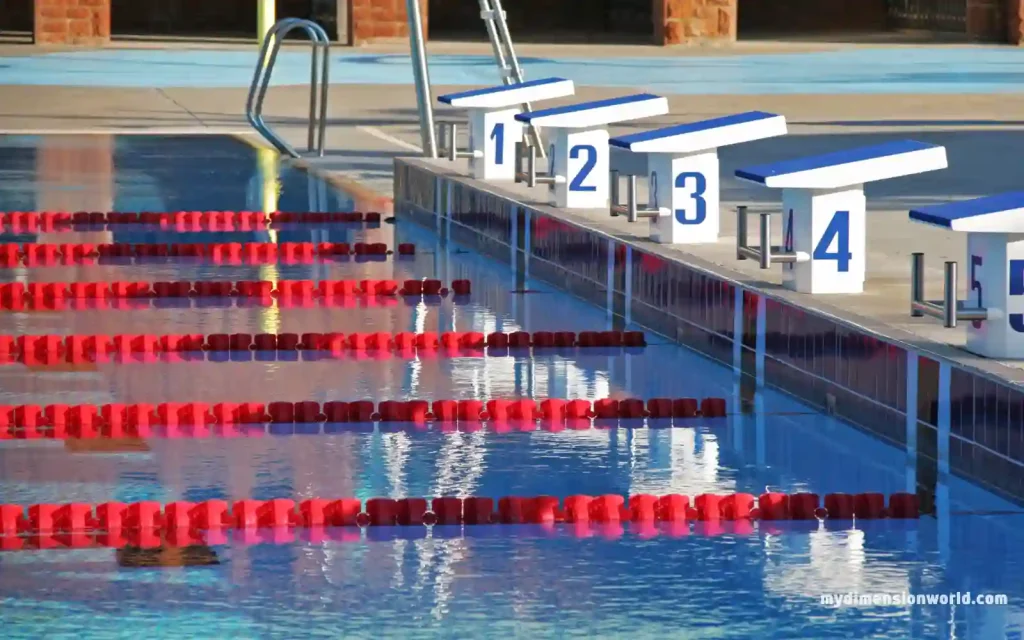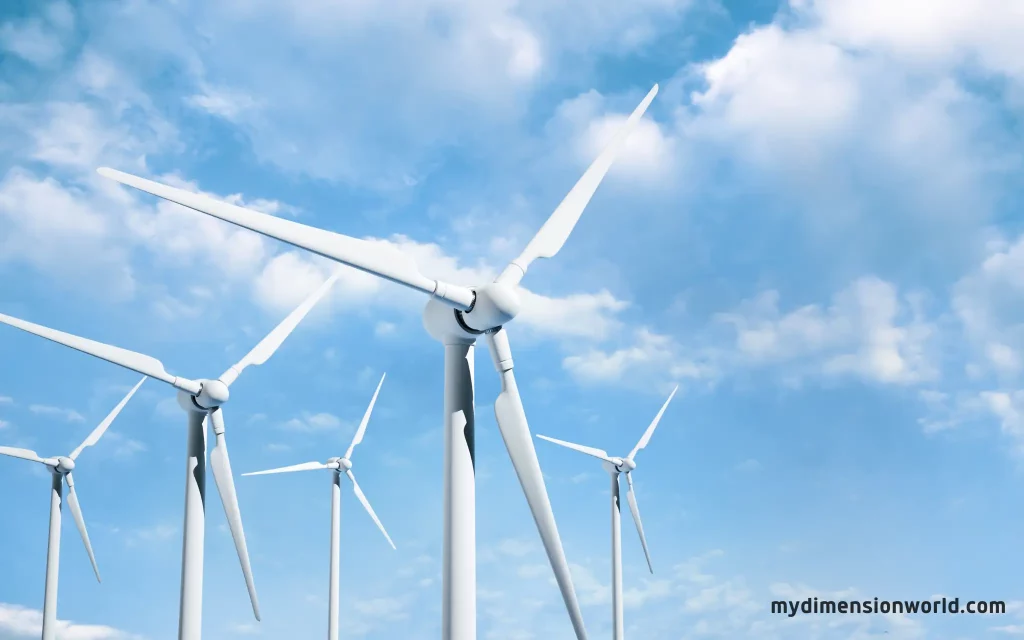How long is 70 feet? In this post, I’ll show you EXACTLY what things measure about 70 feet long or tall.
In fact, these are the same comparisons that will help you picture 70 feet in everyday life:
So, if you’re curious about how long 70 feet really is, you’ll love this guide!
Contents
- 1 1. Commercial Airplanes (Wingspan)
- 2 2. Semi Trucks (Length)
- 3 3. Half the Length of an Olympic Swimming Pool
- 4 4. The Width of Football Fields
- 5 5. Wind turbines (blade length)
- 6 6. Movie Theater Screens
- 7 7. Concert Stages/Platforms
- 8 8. Blue Whales (Length)
- 9 9. Silver Maple Trees (Height)
- 10 10. Tornadoes (Width)
- 11 11. Tennis Courts (Length)
1. Commercial Airplanes (Wingspan)

The wingspan of many commercial airplanes, especially smaller regional jets, is about 70 feet.
That’s roughly the same length as a seven-story building laid flat.
Wingspan plays a key role in flight stability and control. Planes need broad wings to generate enough lift to stay in the air.
A plane cannot take off or stay balanced without the right wingspan.
Larger planes often have wingspans over 150 feet, but smaller commercial jets usually keep it around 70 feet.
This size helps them take off and land more efficiently, especially at smaller airports.
2. Semi Trucks (Length)

Semi-trucks, the workhorses of the transportation industry, are large, powerful vehicles that efficiently transport goods over long distances.
In the U.S., the average semi-truck is about 72 feet long, just slightly more than 70 feet. This includes the truck (or tractor) and the trailer it pulls.
Semi-trucks are built to carry heavy loads, up to 80,000 pounds.
Their size allows them to transport large amounts of cargo, making them essential for shipping and logistics.
The semi-truck industry is diverse, with models like the International ProStar, Freightliner CASCADIA, and Kenworth T680.
Each semi-truck is a marvel of engineering. It is uniquely designed and varies in size and shape to serve specific purposes.
Many even include sleeper cabins for long-distance drivers, showcasing their versatility and adaptability.
3. Half the Length of an Olympic Swimming Pool

Olympic swimming pools are built to strict rules from World Aquatics.
They are 50 meters long, which is about 164 feet.
Half of that is around 82 feet, so 70 feet is just a bit shorter.
These pools are used in big events like the Olympics. They give swimmers lots of room to race.
Each lane is 2.5 meters wide, and the pool must be at least 2 meters deep.
This depth helps reduce water resistance and allows swimmers to go faster.
The pool’s length is measured between electronic touchpads during races. Olympic pools can hold up to 660,000 gallons of water, making them huge.
4. The Width of Football Fields

Many people are familiar with football fields. The standard width is 53.3 yards, which equals about 160 feet.
Now, let’s break that down. Half of the field’s width is about 80 feet. That’s just 10 feet more than 70 feet, comparing us closely.
When watching a game, the width may seem small, but it covers significant ground. Players run across this space quickly, making the width look shorter than it is.
When you think of 70 feet, picture nearly half the width of a football field. This helps you understand its size and how much space it truly covers.
5. Wind turbines (blade length)

Wind turbines are important when it comes to renewable energy. Their blades are typically around 70 feet long.
These long blades capture the wind. As they spin, they convert wind into mechanical power that can be used to produce electricity.
The longer the blades, the more wind they can capture. This is why more giant turbines are placed in areas with strong, steady winds.
Turbine blades must also be strong and aerodynamic. Their 70-foot length allows them to maximize energy output while staying stable.
6. Movie Theater Screens

Ever wondered how big movie theatre screens are? Many large theatre screens are about 70 feet wide, offering the perfect size for a fully immersive experience.
This width isn’t just about being big—it’s crucial for delivering the full cinematic effect.
A screen that wide allows you to see every detail clearly, no matter where you’re sitting.
7. Concert Stages/Platforms
Concert stages can vary in size depending on the venue and event, but many are around 70 feet wide and 40 to 60 feet long.
This gives performers plenty of room to move while also accommodating large crowds.
As technology has advanced, concert stages have grown more complex.
Today’s stages often include advanced lighting, multiple levels, platforms, props, and special effects to create a more immersive experience.
8. Blue Whales (Length)

Blue whales are the largest animals on Earth, most measuring between 70 and 80 feet long.
However, some can grow over 100 feet. To imagine their size, picture three school buses lined up end to end.
Despite their massive size, blue whales move gracefully through the oceans.
Their bodies are streamlined, and their bluish-grey skin helps them blend into the water.
These gentle giants feed on tiny shrimp-like creatures called krill. To maintain their energy, they can eat several tons of krill every day.
Sadly, blue whale populations have been shrinking due to commercial fishing. These amazing creatures need our protection to survive.
9. Silver Maple Trees (Height)
Silver maple trees can grow to about 70 feet tall, making them an excellent example of trees that reach this height.
They are fast-growing and are found in many areas of eastern North America.
These trees have leaves that are green on top and silvery underneath.
When the wind blows, the leaves shimmer, making silver maples easy to recognize.
However, silver maples’ branches can break easily in storms.
While they grow fast and provide good shade, they are not always the best choice for every yard or park.
So, when you picture 70 feet, imagine a tall silver maple. Just keep in mind that they might need a bit of extra care in rough weather.
10. Tornadoes (Width)

Tornadoes are powerful natural disasters with spinning winds that can destroy anything in their path. Their width can vary, but many tornadoes are about 70 to 80 feet wide.
Tornadoes form when warm, humid air rises and meets cold, dry air. This causes a spinning funnel cloud that touches the ground, creating a path of destruction.
Tornadoes can happen anywhere, but they are most common in a region called Tornado Alley. This area, in the central U.S., has the right conditions for tornadoes to form.
11. Tennis Courts (Length)
A standard tennis court is about 78 feet long, making 70 feet a close comparison.
When standing at one end of a tennis court, you can easily imagine how long 70 feet is.
It’s a little shorter than the entire court, helping put the size in perspective.
I hope you enjoyed learning about the surprising things that measure around 70 feet.
Want to explore more comparisons? Check out my other posts for even more exciting measurements and visual references.
